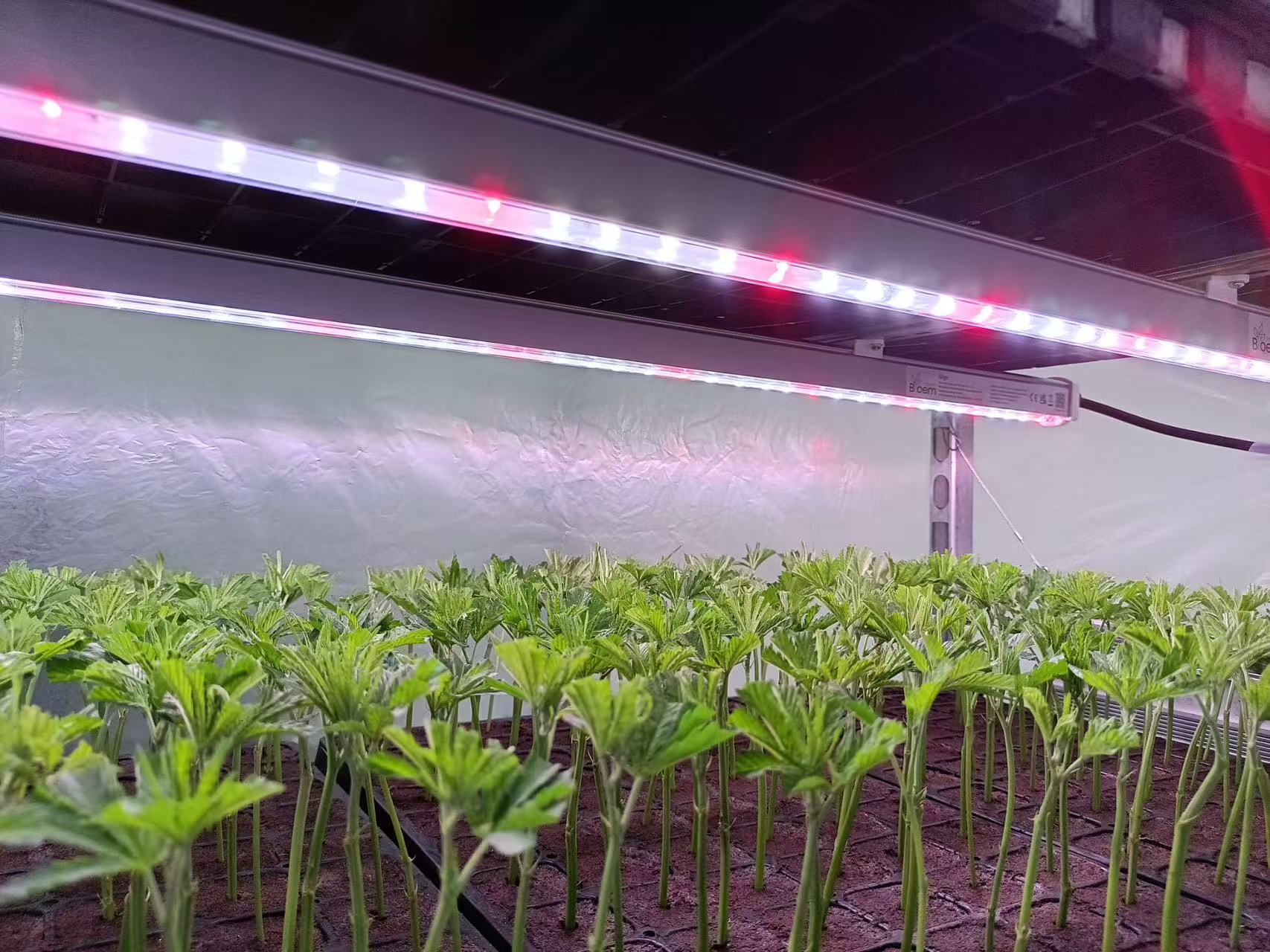Spain Clone Cannabis
Introduction to Plant Lights in the Context of "Spain Clone Cannabis"
In the context of "Spain Clone Cannabis," plant lights play a crucial role in optimizing indoor cultivation environments, particularly for cannabis plants. These specialized lighting systems are designed to mimic natural sunlight, providing the necessary wavelengths and intensity required for healthy plant growth. Below is an overview of how plant lights are applied in this scenario:
1. Understanding the Role of Plant Lights
Plant lights are essential for indoor cannabis cultivation because they provide the light spectrum that plants need to photosynthesize effectively. Unlike natural sunlight, which is available only during specific hours and may be limited by weather conditions, plant lights offer consistent and controlled illumination throughout the day and night.


Key Benefits:
- Controlled Spectrum : Plant lights can emit specific wavelengths (e.g., blue and red) that are critical for different stages of plant growth (vegetative and flowering).
- Consistent Lighting : Indoor grow setups often lack natural sunlight, making artificial lighting indispensable.
- Energy Efficiency : Modern LED plant lights consume less energy compared to traditional high-pressure sodium (HPS) or metal halide lamps while delivering superior performance.
2. Application in "Spain Clone Cannabis"
In the context of "Spain Clone Cannabis," plant lights are used to cultivate cannabis clones indoors, ensuring optimal growth and yield. Here’s how they are applied:
a. Vegetative Stage
During the vegetative stage, cannabis plants require ample blue light to promote strong root development and robust foliage. Plant lights with a higher proportion of blue wavelengths are typically used at this stage.
- Lighting Setup :
- Intensity : Lower intensity (around 400–600 μmol/m²/s) to prevent burning young plants.
- Duration : 18–24 hours of continuous light per day to encourage rapid vegetative growth.
- LED Panels : Modular LED panels are often mounted above the plants, allowing for adjustable height and uniform light distribution.
b. Flowering Stage
As the plants transition into the flowering stage, the lighting requirements shift to favor red and far-red wavelengths, which stimulate bud development and resin production.
- Lighting Setup :
- Spectrum Adjustment : The light spectrum is adjusted to include more red and far-red wavelengths (e.g., 660 nm and 730 nm).
- Intensity : Increased intensity (up to 800–1000 μmol/m²/s) to support vigorous flowering.
- Photoperiod Control : A 12/12 light/dark cycle is typically maintained to trigger flowering.
c. Multi-Layer Cultivation
The image shows a multi-tiered vertical cultivation system, which maximizes space efficiency. Plant lights are strategically placed above each layer to ensure all plants receive adequate illumination.
- Vertical Stacking : Each tier is equipped with LED panels that deliver uniform light coverage.
- Adjustable Height : The LED panels can be raised or lowered as the plants grow, ensuring optimal light penetration.
- Energy Efficiency : Vertical stacking reduces the overall footprint while maintaining high yields, thanks to efficient plant lighting.
d. Customizable Light Recipes
Modern plant lights allow growers to customize light recipes based on the specific needs of cannabis clones. This flexibility ensures that the plants receive the precise wavelengths and intensities required for optimal growth.
- Full-Spectrum LEDs : Many plant lights use full-spectrum LEDs that cover the entire visible spectrum, mimicking natural sunlight.
- Dynamic Controls : Some systems come with smart controls that allow growers to adjust the light spectrum, intensity, and duration dynamically.
3. Advantages of Using Plant Lights in Indoor Cultivation
Using plant lights in the "Spain Clone Cannabis" setup offers several advantages:
- Year-Round Cultivation : Indoor lighting allows for year-round cultivation, regardless of seasonal changes or weather conditions.
- Space Optimization : Vertical farming systems, combined with efficient plant lights, maximize yield per square meter.
- Cost Savings : LED plant lights consume less energy and have a longer lifespan compared to traditional lighting solutions.
- Improved Yield and Quality : Properly tuned lighting spectra enhance bud density, resin production, and overall plant health.
- Environmental Control : Indoor setups with controlled lighting enable precise management of temperature, humidity, and CO₂ levels, further optimizing growth conditions.
4. Challenges and Considerations
While plant lights are highly effective, there are some challenges to consider:
- Heat Management : High-intensity LED panels generate heat, which must be managed through proper ventilation or cooling systems.
- Initial Investment : High-quality plant lights can be expensive upfront, although they offer long-term savings due to energy efficiency.
- Maintenance : Regular cleaning of LED panels is necessary to maintain optimal light output.
- Power Consumption : Even though LEDs are energy-efficient, large-scale setups still require significant power, so energy costs should be factored in.
Conclusion
In the context of "Spain Clone Cannabis," plant lights are a cornerstone of successful indoor cultivation. By providing the right spectrum, intensity, and duration of light, these systems enable growers to achieve consistent and high-quality yields. Whether in a small-scale home setup or a commercial vertical farm, plant lights empower cultivators to optimize every aspect of cannabis growth, from seedling propagation to harvest. With advancements in LED technology and smart controls, the future of indoor cannabis cultivation looks increasingly promising, driven by the precision and efficiency offered by modern plant lighting solutions.